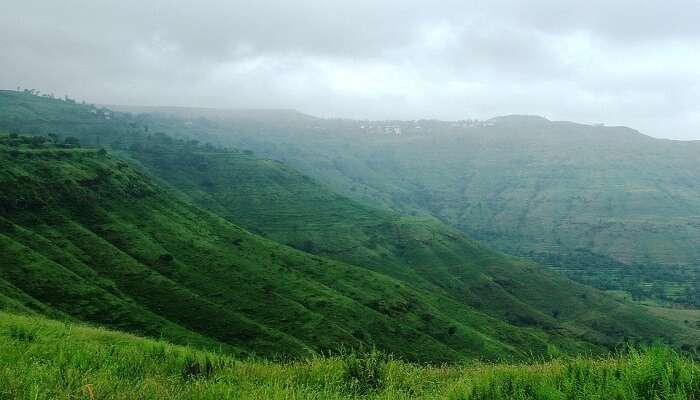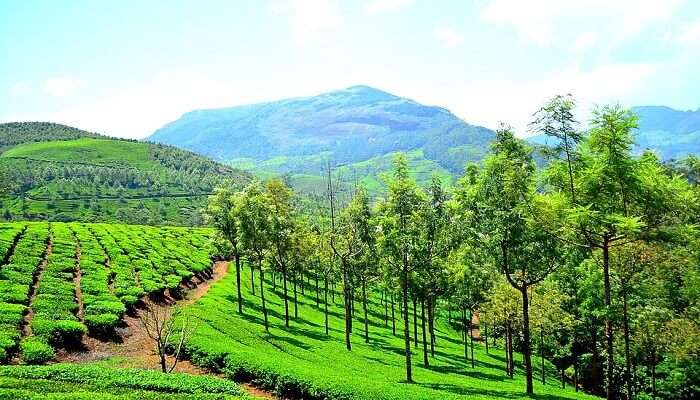Explore Masroor Rock Cut Temple For A Spiritual Venture
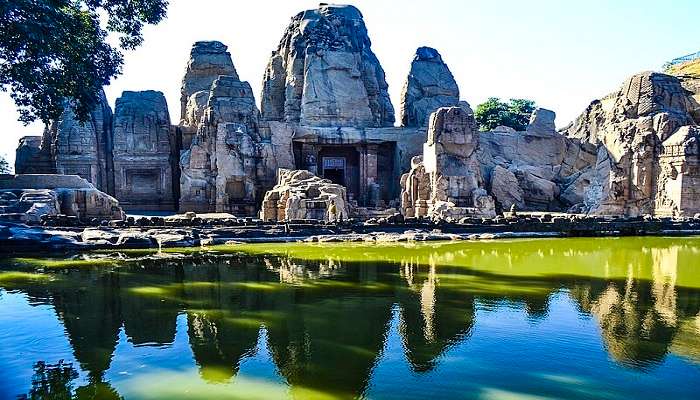
Built long back, in ancient times in Himachal Pradesh, the Masroor Rock Cut Temple is a perfect combination of history and architectural mastery. If you are a real history lover and enjoy visiting different monuments, this place is a must-visit for you. 15 rock-cut temples for you to explore with a story behind each that takes you back in time and has perfect detailing. The different rock-cut structures will put you in awe and make you wonder about how these were built so long back and how the architectures had so much knowledge of the same.
History And Significance Of Masroor Rock Cut Temple
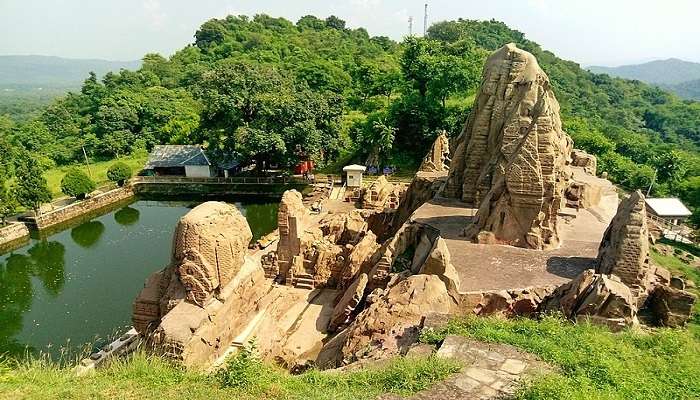
It is surely interesting to know that the origin of the famous Masroor rock-cut temple is unknown to date. Such a massive structure has 15 rock-cut temples from a single rock, yet the makers and purpose of this structure remain mysterious. This rock-cut temple has three entrances and a pool adjacent to it, which is considered sacred as per Hindu scriptures. It also consists of different idols and some designs on its wall.
The entire temple is carved out of a monolithic structure in the Nagara style. This style of architecture is dedicated to Vishnu and Shiva, the gods, who are much discussed in Vedic literature. According to Hindu scriptures, this rock-cut temple contains a few idols of Puranic gods, so it is likely to be associated with Hinduism.
Must Read: Offbeat Places In Manali
Beliefs Regarding The Temple
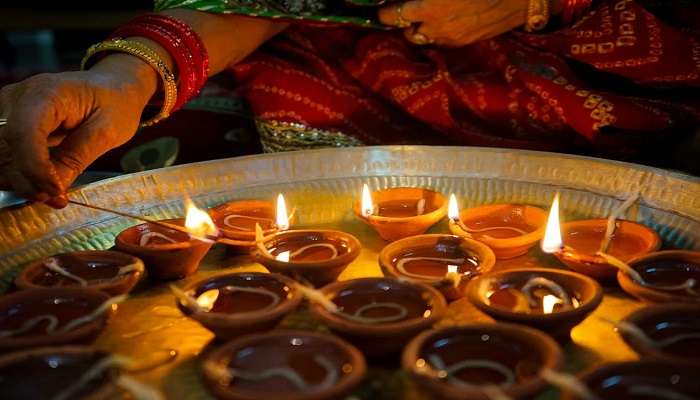
Though the origin is quite unknown, some beliefs of local people have shaped this temple. A few connotations are related to Mahabharata. Some believe that while the Pandavas were in their exile, they were staying in this place and trying to build a staircase to heaven, which could not be made due to the interference of Indra Dev. The unfinished staircase in the Masroor rock cut temple holds the evidence for the same. Others think that it was built by the devotee of Lord Shiva, Raja Yashovardhan, who put Lord Shiva’s idol at the entrance of this temple.
Location And Best Time To Visit
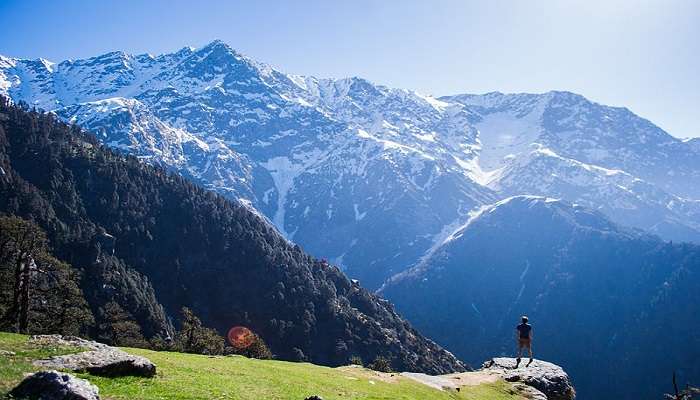
In the snow-covered belt of the Dhauladhar range, along the Beas river valley, in the highlands of the Himalayas, is the historical masterpiece of Lahalpur, Masroor rock-cut temple. This place is located 45 kilometres from Dharamshala and 22 kilometres from Kangra. At a distance of 35.6 kilometres, Gaggal Airport is the nearest airport, and Daulatpur Chowk is the nearest railway station to Masroor rock-cut temple. While summer can be a good time to visit, it is also very crowded. The experience might be a little hectic, and you might not be able to enjoy the real beauty of the place.
This season will offer you a pleasant climate as well as a scenic view of the snow-covered mountains, which look as if they are wrapped around white blankets of snow. This is the perfect season to bless your eyes by witnessing the beauty of the Himalayas. It is suggested to travel to this place during cultural festivals such as Ram Navami, Shiv Ratri, etc. to witness the celebrations and cultural shows performed.
Suggested Read: Solang Valley
Entry Fees & Timings
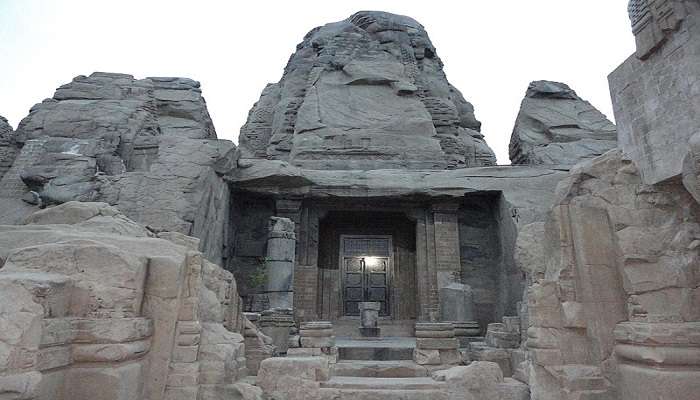
If you love history and exploring archaeological sites and plan on visiting this place, then the good news is that there are no entry fees. Generally, it is open from 6 a.m. to 6 p.m., but it is advisable to visit during the daytime to witness its true beauty. However, no food is allowed inside this temple. While you are free to take pictures, using Flash is prohibited. Since this is a major tourist attraction site, you must always maintain decorum and be respectful towards fellow travellers. You are not allowed to litter or cause any damage to the preserved temple.
Activities To Do In Masroor Rock Cut Temple
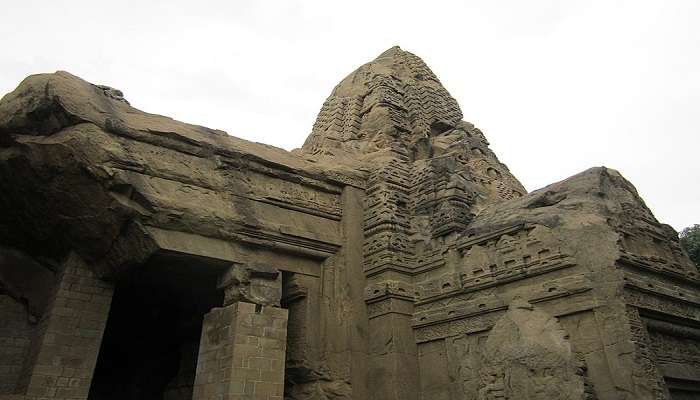
Whether you are an outdoor enthusiast or a photographer, this place offers something for everyone! Here are some of the things that a tourist can enjoy while visiting Masroor Rock Cut Temple:
Photography: For all the photo lovers who love capturing memories in pictures, you would have an amazing experience standing next to the architectural masterpiece.
Sacred Pool: The pool in this temple is believed to be sacred and contains healing and purifying powers. You might enjoy sitting by its edge or taking a dip inside.
Exploring the past: You can explore the temples and feel the structures and carvings on the walls with your hands. You can visit the idols of Lord Ram, Lord Laxman, and Sita Maa inside. You can compare the architecture of this temple with other rock-cut structures in the world and learn how they are different.
Interacting with the Locals:You can talk to the local people there and learn their version of stories about the making of this temple. You can also visit the local cafes to try out the local cuisine.
Further Read: Things To Do In Manali In June
We provided you with the list of all the details you need to know if you are planning a trip to Masroor Rock Cut Temple. Plan a trip to Himachal Pradesh, to explore this scenic splendour. So, what are you waiting for? Start packing your bags now!
For our editorial codes of conduct and copyright disclaimer, please click here.
Cover Image Source: Akashdeep83 for wikimedia Commons
Frequently Asked Questions About Masroor Rock Cut Temple
How much money do we have to pay to visit this place? Are there any entrance fees?
Travelling to this place would not cost you a single penny. The entry fee is absolutely free. You can roam around freely and take pictures while admiring the beauty of the rock-cut structure.
Can I travel during the rainy season?
While this temple is open throughout the year, it is generally advisable to avoid travelling during this season because of landslides.
How many idols are there inside?
While the temple is believed to be dedicated to Lord Shiva, there are many other idols like the idol of Lord Vishnu, Lord Ram, Lord Lakshman, etc.
How many rocks were used to build these 15 temples?
All the structures are made out of a single rock to give shape to what is known as shikhara. The detailing and sculptures made, make you praise the hands which made this temple, whose maker to date is not known.
What is the timing of the temple?
The temple is open from 6 AM to 6 PM every day.
People Also Read:
Maa Chandrabadni Temple Lempuyang Temple Masceti Temple

As a Travel Content Writer, I live to conquer the world of globetrotting with words. With my unquenchable thirst for storytelling, I believe that my words will inspire you to travel around the world’s breathtaking landscapes. As for me, I am an unapologetic selenophile, who loves to wander around in a starry night!



